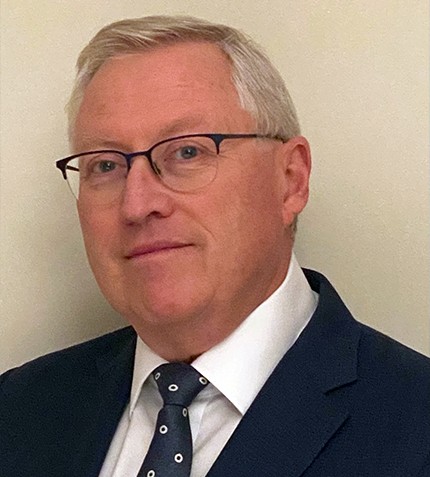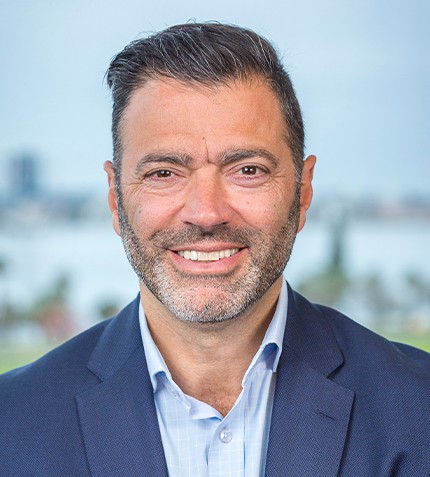
"Wesdome Gold Mines is on a growth path to becoming an all-Canadian mid-tier producer."
Duncan Middlemiss
PRESIDENT AND CEO, WESDOME GOLD MINES
What were the factors that contributed to Wesdome Gold Mines featuring in all three editions of the annual TSX30 list, and why did you decide to start trading on the OTCQB?
A number of factors contributed to this success, one of which is the excellent jurisdictions we operate in: Ontario and Québec. Another contributing factor is our operational optimization period that allowed us to double production from our producing asset, Eagle River, and show a lot of upside through the exploration efforts there. Our work at the Kiena complex has also been a driver. Following the discovery of the high grade A Zone in 2016 in the Kiena mine, we worked on a PEA and a PFS in support of the restart which we are now embarking on. We should be in commercial production there by Q2 2022. The Kiena mine’s production is forecasted at 100,000 oz/y Au, according to the PFS, compared to 50,000 oz/y Au five years ago.
We have a lot of US investors who wanted easier access to the market and to our shares, so trading on the OTCQB was our way to facilitate that. The company is predominantly self-funded with our last share issuance being in 2016. There is not dilution and our shareholders appreciate that.
How do you intend to further optimize Wesdome’s Eagle River mine?
Production at Eagle River has increased steadily since 2016, through high-grade exploration results. There is a shear zone in the surrounding 20 km of the property, which is what we have been mining within the diorite. The Falcon 7 was discovered in 2019, highlighting the prospectivity of the volcanic rocks both to the east and west to host additional gold mineralization beyond the currently existing footprint of the Eagle River mine. Mining of the Falcon zone began towards the end of Q3 2021. This will help us advance production because it is in a diverse geographical area not associated with the bottom of the ramp. With enhanced infrastructure, such as ventilation and mobile equipment, and our great exploration results, we aim to match mine production to mill production. If we can mine to the mill, it will push up Eagle River’s production to 125,000 oz/y Au.
What is your trajectory for commercial production at the Kiena Complex?
The first 5,500 oz were mined in October 2021, which is a big milestone. We are likely to declare commercial production in Q2 2022. Having this second operating asset is crucial to our de-risking strategy and is what we need to become a mid-tier producer. The grades and discovery potential at Kiena are phenomenal. Wesdome Gold Mines is on a growth path to becoming an all-Canadian mid-tier producer. We recently discovered the Footwall Zone, which was not in the PFS. The potential for resource and reserve expansion there is tremendous.
Can you elaborate on Wawa, Ontario, and the area’s geological potential?
All the big discoveries in northwestern Québec and northeastern Ontario were made in the early 1990s. However, the biggest discovery and commercial success was that of Hemlo, discovered in 1980. What we find in Wawa is a billion-year-old greenstone belt, so we are witnessing a lot of activity in the area such as Alamos Gold’s Island Gold mine in Dubreuilville, the Hemlo operation continuing for Barrick, ongoing exploration by Red Pine, as well as Argonaut Gold’s Magino project. Our mine is about 40 km outside of Wawa.
To what extent have you experienced inflationary cost increases at Eagle River and Kiena?
There are always financial and macro-economic factors at play, such as monetary policy and bond yield changes. The devaluation of the dollar is also impacting inflationary pressures so gold has to evaluate to mimic the money supply. There is room for the gold price to increase overall, but its correlation to inflation has been relatively low. We first witnessed the cost increases with steel for ground support and mechanical parts, as well as hydrocarbons, which affect explosives. Currently, we are witnessing weight pressure. Inflation currently stands at 4.5 to 5% in Canada and we are working on increasing wages to ensure that employees are keeping up with it.










